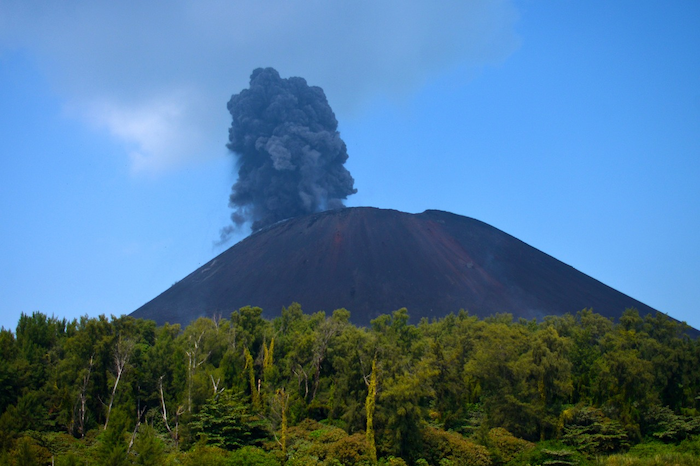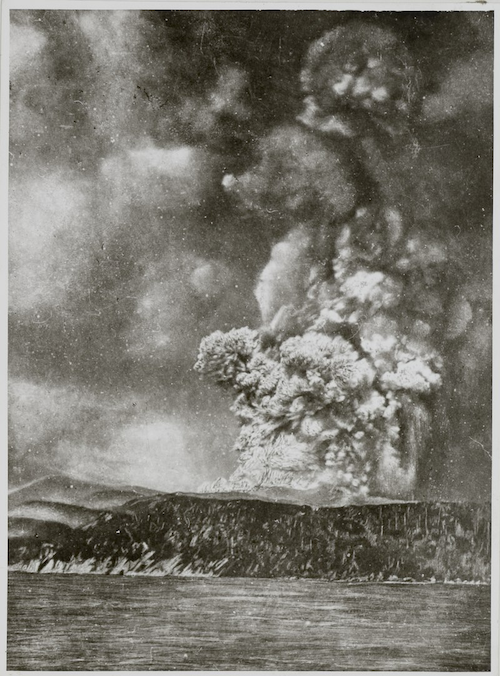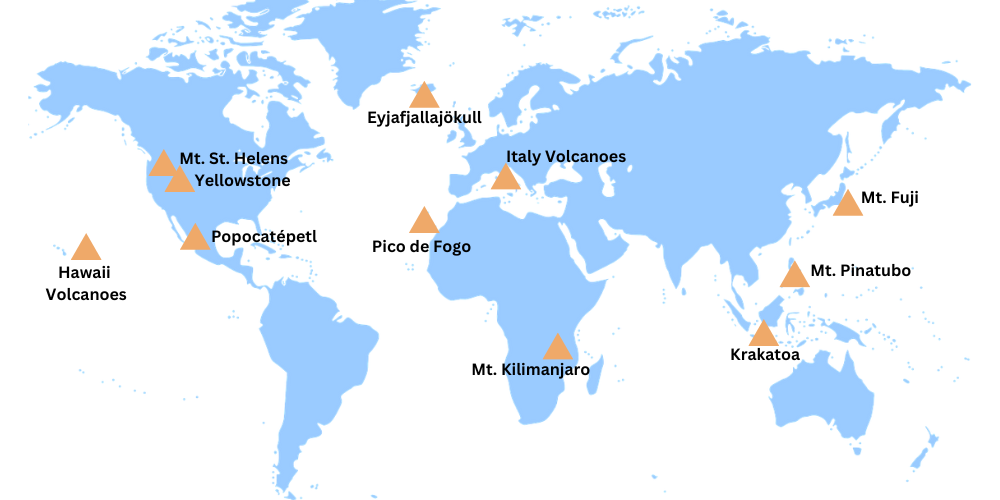Krakatoa

Anak Krakatoa
In the vast expanse of the Sunda Strait in Indonesia lies a volcanic archipelago with a history etched in fire and fury. Krakatoa, a name that resonates with power and destruction, is synonymous with one of the most catastrophic volcanic eruptions in recorded history.
Geological Background
Krakatoa is a volcanic island situated in the Sunda Strait between Java and Sumatra. The island is part of the larger Krakatoa archipelago, which includes several smaller volcanic islands. The area is part of the Pacific Ring of Fire, known for its high seismic and volcanic activity due to the convergence of multiple tectonic plates.
Cataclysmic Eruption of 1883
The most infamous chapter in Krakatoa's history unfolded on August 27, 1883, when the volcano erupted with unprecedented violence. The eruption generated a series of cataclysmic events, including a massive explosion, pyroclastic flows, and tsunamis. The sound of the eruption was heard over 3,000 miles away, making it one of the loudest sounds in recorded history.
The explosion resulted in the collapse of much of Krakatoa's structure, leading to the formation of a caldera underwater. The ash and volcanic debris ejected into the atmosphere had global consequences, causing dramatic sunsets worldwide due to the scattering of sunlight by fine particles in the stratosphere.
Tsunamis generated by the eruption reached coastal areas, causing widespread devastation. The death toll from the 1883 eruption is estimated to be around 36,000 people, making it one of the deadliest volcanic events in history.
 |
| 1883 Eruption - Photographer Unknown |
Impact on Climate
The eruption of Krakatoa had a profound impact on the Earth's climate. The massive release of volcanic ash and gases, including sulfur dioxide, led to a temporary cooling effect known as volcanic winter. The atmospheric aerosols reflected sunlight, resulting in a drop in global temperatures. The impact was observed in disrupted weather patterns and unusual atmospheric phenomena for several years following the eruption.
Modern-Day Krakatoa
While the 1883 eruption caused the destruction of much of the original Krakatoa island, subsequent volcanic activity has given rise to a new island, known as Anak Krakatau (Child of Krakatoa). Anak Krakatau emerged in the caldera left by the 1883 eruption and has been growing steadily since the 1920s through continuous eruptions.
Tourism and Monitoring
Today, Anak Krakatau attracts both scientific researchers and adventurous tourists interested in witnessing the ongoing volcanic activity. The area is closely monitored for signs of potential eruptions, reflecting the importance of understanding and mitigating the risks associated with active volcanic regions.
World Volcanoes
